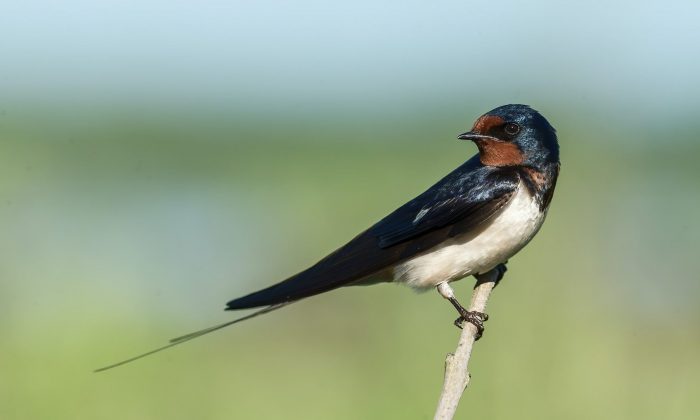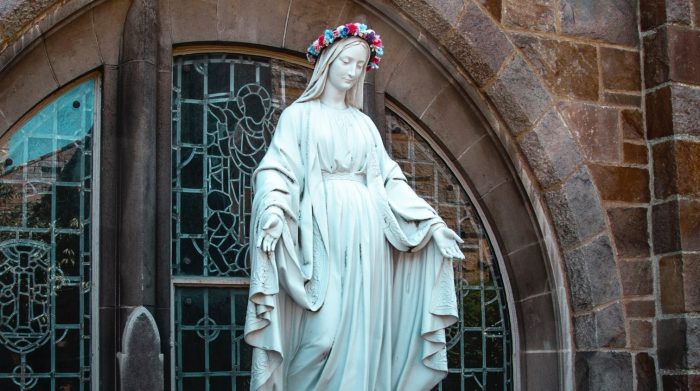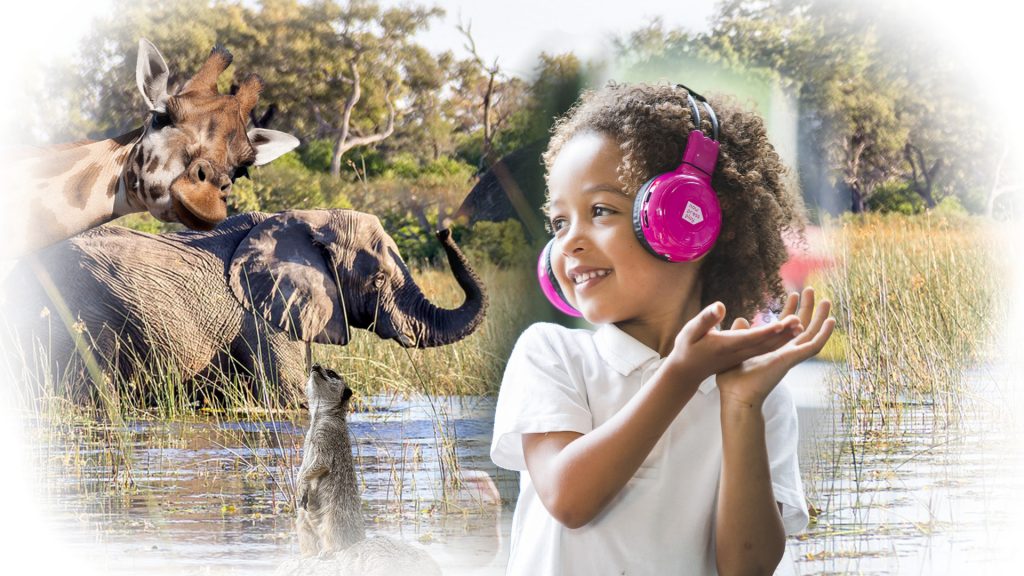
The first day of May, commonly known as “May Day”, is celebrated across the world as the beginning of summer (although it doesn’t always feel like it in Britain). In this blog, you can explore May Day traditions from around the world, as well as how now>press>play can help teachers and children learn all about the changing of the seasons.
1. Maypoles and morris dancing
In England, May Day is a traditional pagan festival to celebrate the coming of summer. Festivities that we now associate with May Day come from the Middle Ages. On the 1st of May, English villagers would rise at the break of day to wander the countryside gathering blossoms and flowers. A tall pole known as a “maypole” would be set up on the village green and villagers would decorate it with the flowers they had collected at the start of the day. To celebrate the coming season, villagers would dance and sing around the maypole with live music being played. Local men performed a traditional “morris dance”, wearing costumes covered in several small bells. Villagers would select the prettiest girl in the town and crown her the “Queen of May”.
Another English May Day tradition, which is still practised in some places across the country, involves a house-to-house visit by children, who bring flowers in exchange for pennies. Once they have collected the pennies, the children toss them into a wishing well.

2. Secret trees
All across Europe, there are several different traditions associated with May Day. In Germany Czechia and Slovakia, it is custom for the boys to secretly plant “may trees”, also known as hawthorns, in front of the windows of their sweethearts. This is said to ensure faithfulness and the return of love.
This isn’t the only tree-related tradition in Europe’s May Day celebrations. In Switzerland, people often place small pine trees under young girls’ windows to encourage health and development.

3. Songbirds and scones
In Greece, the May Day festival dates all the way back to the Ancient Greeks. Known as “Protomagia”, the celebration is all about flowers, nature and spring. Flower wreaths are hung on doors, usually made of wildflowers such as daisies and poppies. Children rise early and set off to see the sight of the first swallow. When they have found it, they go from door to door singing songs to welcome in the spring. Neighbours will often reward them with treats such as fruit, nuts and cakes.

4. Flower garlands and kisses
On the 1st May every year, the people of Hawaii celebrate “Lei Day”, where they give out lei, a traditional flower garland. The giver must place it around the receiver’s neck and accompany it with the traditional Lei Day kiss.

5. Celebrating Mary and drinking milk
In France and Italy, May Day takes more of a religious format, with both countries dedicating the festival to the Virgin Mary. People place flowers on statues and parade them through the streets. In France, they also tie flowers to the tail of a cow, which is then paraded through the town. There is a belief that if you are lucky enough to touch one of the cows, this will bring you good luck. They also milk the cow early in the morning and drink its fresh milk, as this will bring you good fortune for the rest of the year!

Explore the changing seasons in your school
In now>press>play’s KS1 Seasons Experience, children can learn all about the differences and importance of the four seasons through sound, story and movement. Immersed in an audio adventure, learners battle the mischievous Jack Frost as they travel through spring, summer, winter and autumn, exploring:
- How weather changes across the four seasons.
- How changing seasons affect animals and nature.
- How people adapt to seasonal change.
So, if you want to place a tree under your sweethearts window or drink fresh cows milk to bring you good fortune — make sure you do it in the spirit of May Day, with a smile on your face and a spring in your step.
KS1 Seasons is just one of over 90 immersive learning Experiences available through now>press>play. Explore the full library on our website.
Read more:


